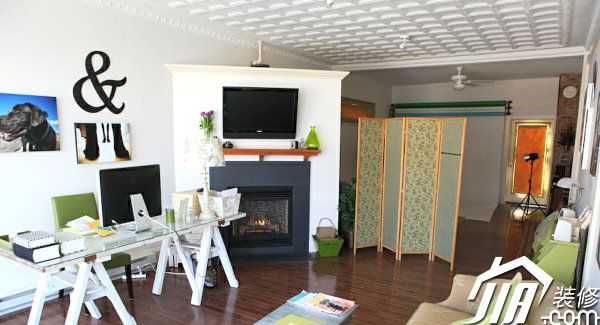 1. It should be clear whether the flatness error of the ground, whether it exceeds the standard, and whether ground leveling processing is required. a) The flatness error of the ground, the industry standard is less than or equal to 3 mm, measured with a two-meter ruler and feeler gauge. There are no less than two indoor measurement points and the maximum value. If you are within this error range, do not level it. Otherwise, in principle, leveling should be done. If the owner does not require leveling, the resulting problems are not related to the laying of the floor. b) The current ground, more than the standard, the real leveling is not much, because the leveling is more expensive. Exceeding the standard is not much, most of them have made do. To tell the truth, if the difference is small, the foot is a little soft, and some are even a little noise. It is not very good for the floor, but the impact is not great. Excessively excessive, it must not improvise. c) Others know that the ground is uneven, and the decoration team also asked for leveling. The result is still uneven. They did not tell the decoration team that the standards for acceptance after leveling were mostly unknown to them. Can not discuss with the decoration team. d) Another point, someone asked the ground to find the level. We don't think it necessary. Most of them, it is sufficient to find a smooth one, and it also meets the requirements of the industry standard for the flatness of the ground. If you must find the level, you must give it equal level in advance and you must use white. It is not impossible. Relatively speaking, to increase the cost, the height of the loss space. 2. The difference between the height after paving the floor and the height of other paving materials must be understood. a) Generally speaking, it is better to let the ground material be as high as the ground material. People live more comfortable. Some people were afraid of spending money at the time, and the living room was inconsistent with the dining room or the bedroom. They all regretted when they stayed. It's best to do it once. b) There are many different methods for leveling. For different situations, they should be treated differently. If your floor is relatively flat, you can use a bedding to level it. Relatively easy and effective. The flatness of the ground is much poorer, and it is not recommended to pave the way. Because the bedding can be particularly prominent on the ground, such as stones, etc., have a regulating effect, for the local small-scale uneven, can not be adjusted. I can't fix it, but my feet are still soft. If you have poor ground flatness, it is recommended to level cement mortar. Once you can solve the two issues of flatness and height adjustment. If you do not have much difference in the flatness of the ground, do not adjust the height difference of different ground materials, you can use cement self-leveling to deal with. The thickness is not high and the construction quality is very good. If the flatness of the ground is inaccurate, only in a local area, a more flexible approach can be adopted. Before installing the floor, please install a worker and apply a leveling technique such as using a winter dry powder such as quick-drying powder. Does not affect the installation speed and quality. The above methods of leveling must depend on the specific circumstances of the ground. The price of the first three types of leveling is generally around 20 yuan per square meter; different prices vary in different regions. The latter is more economical, about 5 yuan per square meter. 3. After leveling the ground with cement mortar, be sure to wait for the ground to dry before installing the floor. The method of measuring dryness and humidity is simple. A piece of plastic film was used to lay the ground. After one day, the floor was not wet and there was no water on the membrane, which proved that the ground water content and the ambient humidity reached a balance. If there are drops of water, or if the ground is wet, it proves that moisture is emitted to the indoor environment and the ground does not dry out. |
Flooring House Masonry Project Acceptance Cement Interior Renovation Space Renovation Living Room Cubicle
Compression spring is a kind of spiral spring,which bears inward pressure. The section of raw material usually is circle,and sometimes is
rectangle. The compression springs have the equal pitch. The compression springs have many shapes,such as cylinder,cone,convex,concave and non-circular and so on. The compression springs have a certain gap between coils. When the spring bears the load,it can contract distortion and store energy.
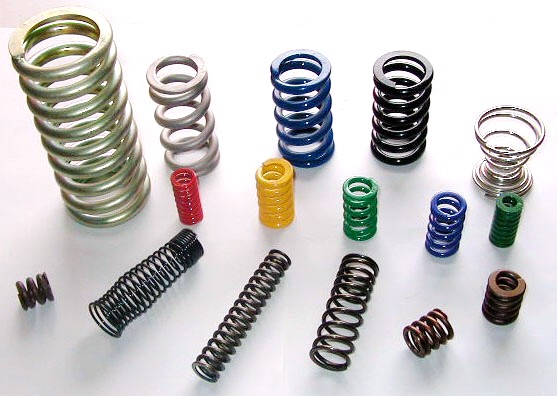
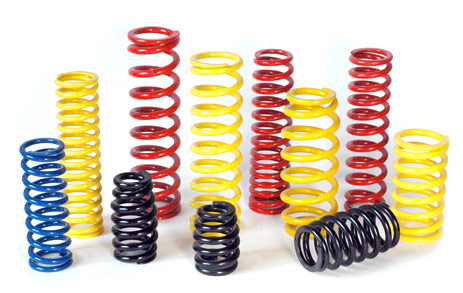
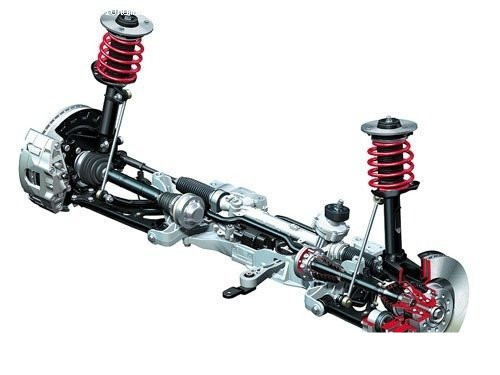
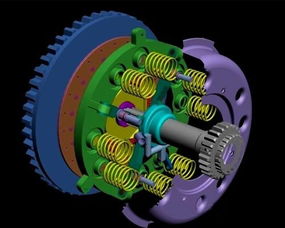
Compression Spring,Stainless Steel Compression Springs,Heavy Duty Compression Springs,Compression Coil Springs
Changyi Precision Spring Co.,Ltd , http://www.cps-spring.com
